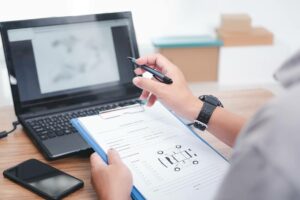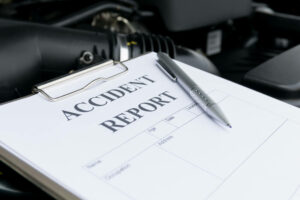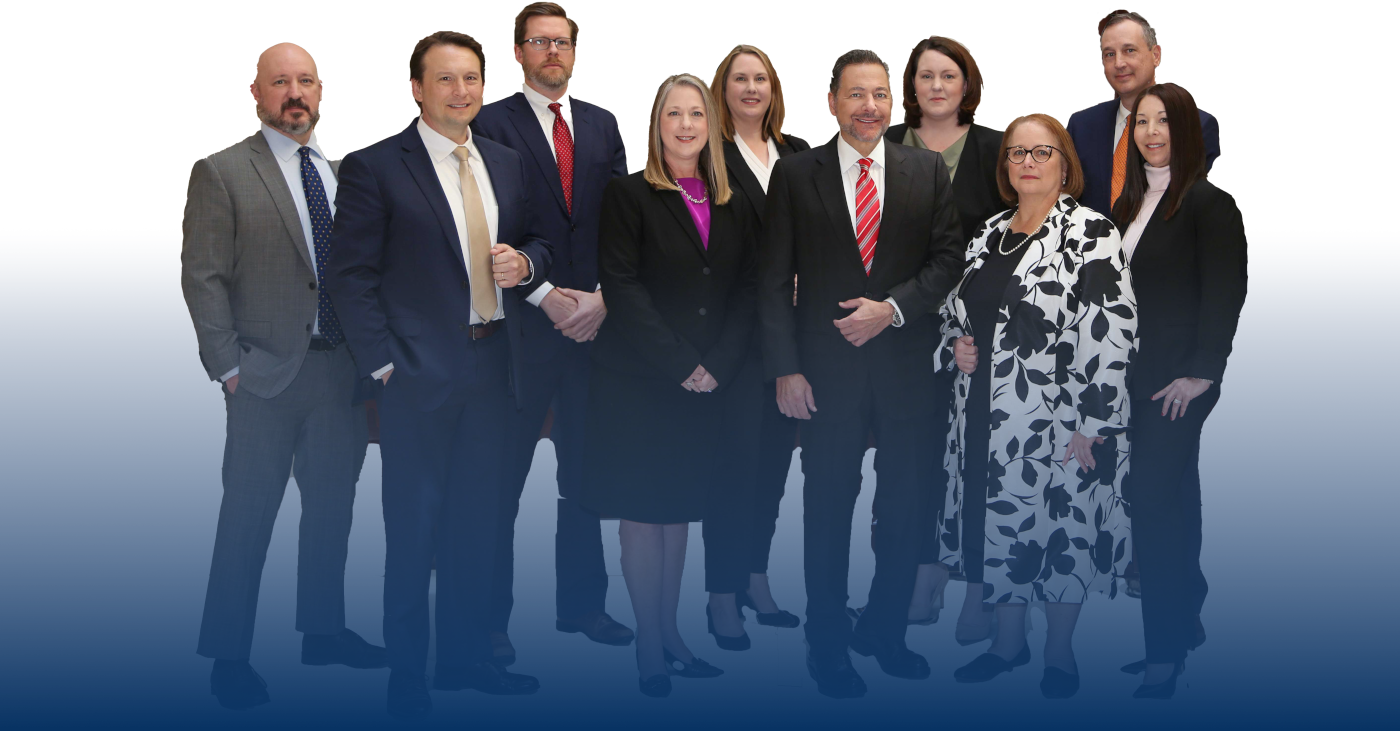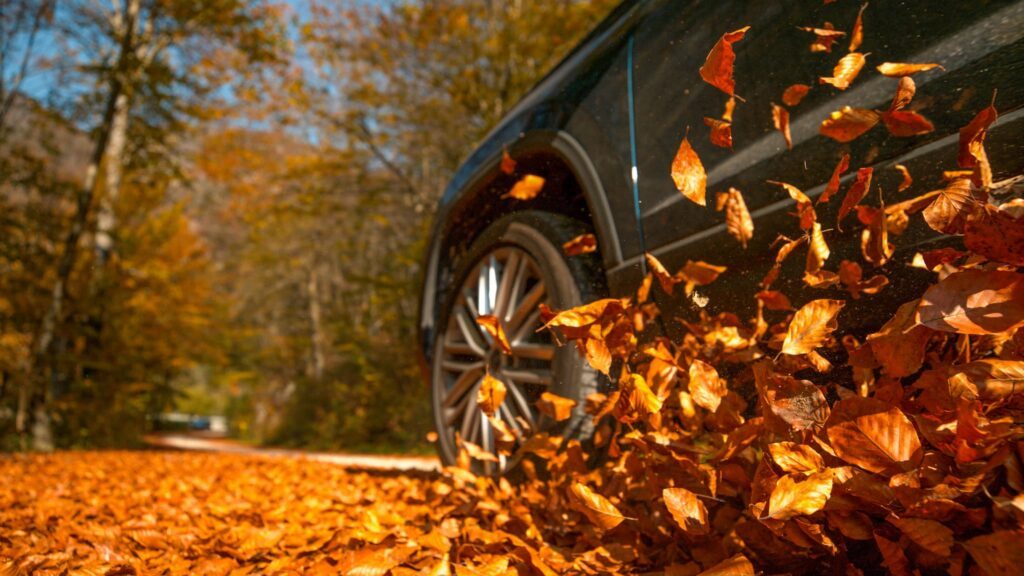 An accident report is crucial if you ever get hurt in a car accident. The investigating officer at the scene should write a report and include all vital details about the crash. They can create a diagram to show the positions of every vehicle before, during, and after the accident. They might also offer a timeline of events leading up to the crash. Sometimes, officers issue citations to at-fault drivers and indicate them on the report.
An accident report is crucial if you ever get hurt in a car accident. The investigating officer at the scene should write a report and include all vital details about the crash. They can create a diagram to show the positions of every vehicle before, during, and after the accident. They might also offer a timeline of events leading up to the crash. Sometimes, officers issue citations to at-fault drivers and indicate them on the report.
Your accident report might be confusing to read and understand. Most people aren’t familiar with these documents and find it challenging to determine what all of the information means. Below is an outline of what you might find in your accident report so you can decipher every detail correctly.
Basic Information
Most accident reports have a box at the top of the first page with basic details about the accident, such as:
- Date and time of the collision
- Crash report number
- Name of the investigating officer
- Street, road, intersections, city or town, and state the accident happened
For a free legal consultation, call (877) 333-1000
Vehicle Driver Information
Details about every driver involved in the collision are in the next section. If there’s more than one driver, the report should include information for each one. The details in this section might show:
- Driver’s name, address, and phone number
- Name of the vehicle owner
- Vehicle owner’s address and phone number
- Year, color, make, and model of the car
- License plate number and vehicle identification number
- Motorist’s driver’s license number and the state of issuance
- Auto insurance company, policy number, and policyholder’s name
Vehicle Occupants and Non-Motorists
 Anyone else involved in the accident, including bicyclists, pedestrians, and passengers in the cars, will be in this section. The information provided can include:
Anyone else involved in the accident, including bicyclists, pedestrians, and passengers in the cars, will be in this section. The information provided can include:
- Name of the passengers and where they sat in the vehicle
- Name of bicyclists, motorcyclists, pedestrians, and other non-motorists
- Address and phone number of each person
Click to contact our personal injury lawyers today
Accident Details
Another section provides information regarding the accident, such as:
- Events related to the collision, such as an impact with a pedestrian, another vehicle, or a stationary object, such as a wall or telephone pole
- The directions all involved vehicles were traveling when the crash occurred
- Road conditions
- Weather conditions
- Point of the impact, such as side, front, or rear
- Actions taken by pedestrians involved in the collision
- Whether the crash happened during the day or at night and the light conditions
- Defects each vehicle contains, such as malfunctioning brakes, worn-out tires, or broken tail lights
- Traffic citations issued for the accident
- Cause of the crash
Complete a Free Case Evaluation form now
Additional Information
You might find additional details associated with the accident in other sections of the police report. Common information includes:
- Whether an ambulance arrived at the accident scene and transported anyone to the hospital
- Name of the EMS and hospital
- Type of damage and location on the vehicles
- Road debris, skid marks, and other details about the collision
- Injuries sustained in the crash
- The estimated cost of damage to each car involved
Diagram and Narrative
Most accident reports include a section the officer can use to describe how the accident happened. The information can consist of the events leading up to the crash, such as each driver’s actions and who the officer believes is at fault.
Typically, law enforcement can determine the cause of the crash by speaking to witnesses and the drivers, passengers, and non-motorists involved in the collision. They can reconstruct the accident using a diagram to show each motorist’s direction of travel and other movements made before and after the crash.
Why You Need an Accident Report
Most people are in shock in the immediate aftermath of a car accident. You likely feel scared and confused about what happened. It’s overwhelming when you’re faced with doctor’s appointments, medical bills, and an insurance claim. Handling all of those responsibilities yourself can seem impossible.
You should hire an attorney after the accident. They can help you gather the evidence you need to prove another driver’s actions caused the crash. One vital piece of evidence is the accident report. If law enforcement indicated someone else was at fault, you could use the report to show the insurance company you deserve compensation for your injuries.
Contact Us
At DeMayo Law Offices, our North Carolina car accident lawyer have over 150 years of combined experience representing accident victims. We bring extensive knowledge, skills, and resources to each case we take. When you hire us, we will go to battle for you against the insurance company to secure the maximum settlement possible.
We know how to obtain a copy of the accident report and review each section to determine what happened. We will gather additional evidence to show the other driver should be liable for your medical treatment, lost wages, and other expenses.
If someone else’s negligent actions caused your injuries in an accident, call DeMayo Law Offices at (877) 333-1000 for your free consultation.
Call or text (877) 333-1000 or complete a Free Case Evaluation form




